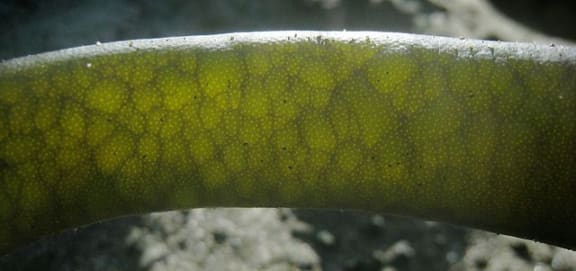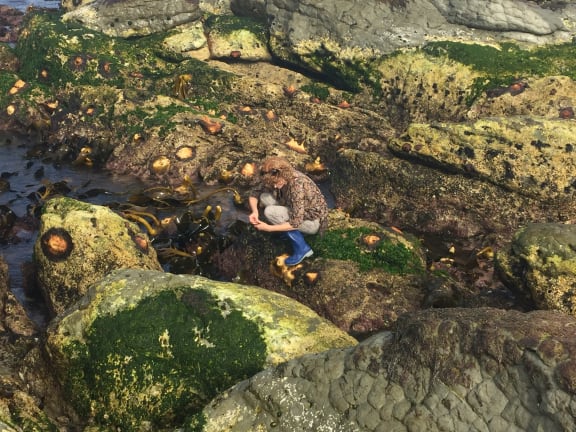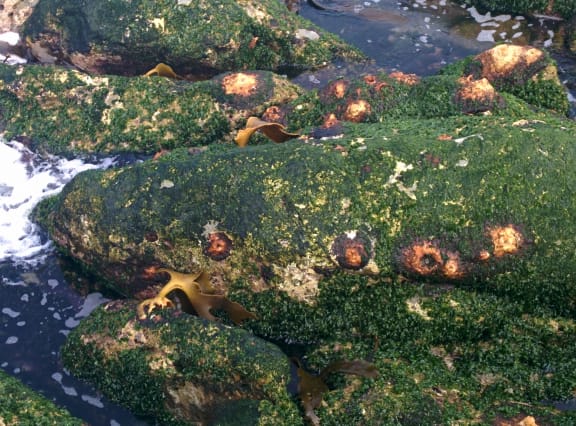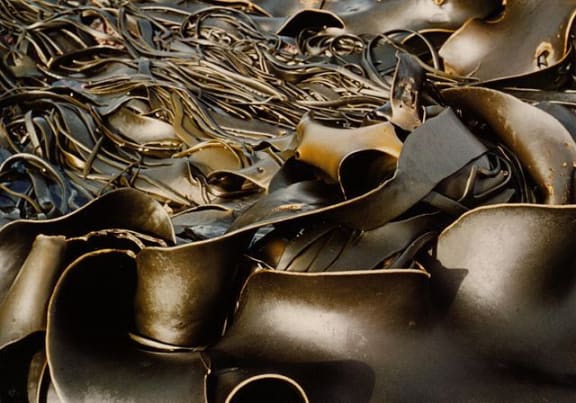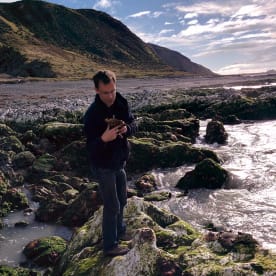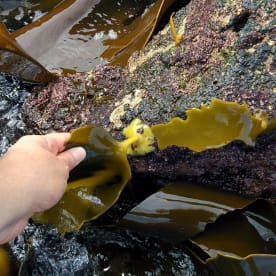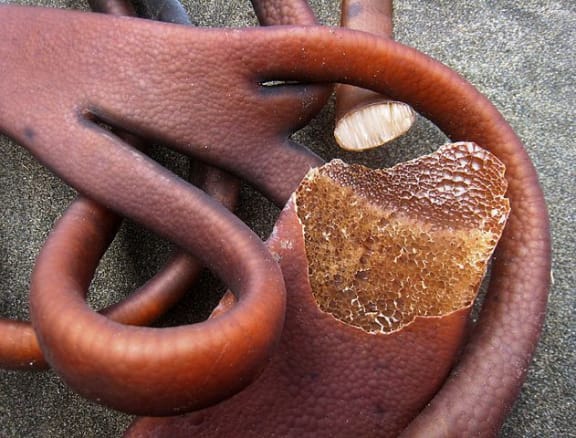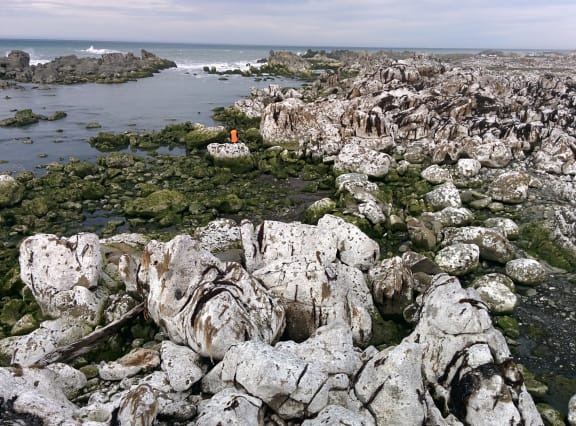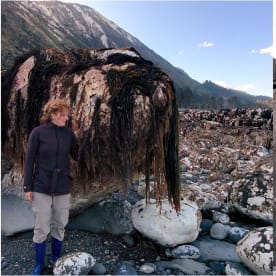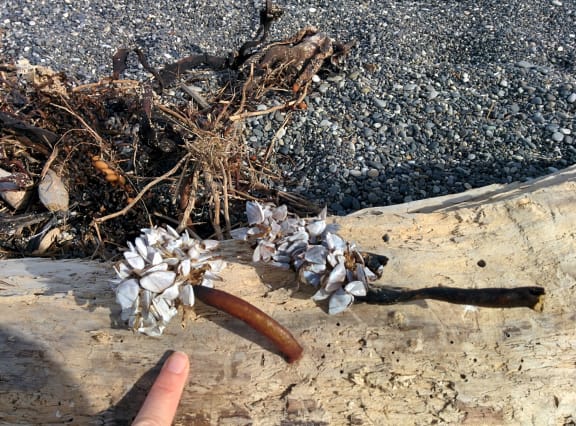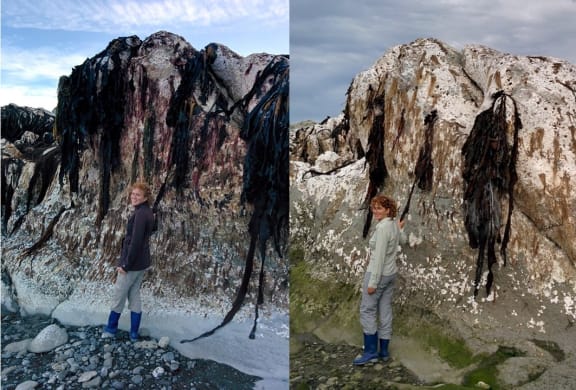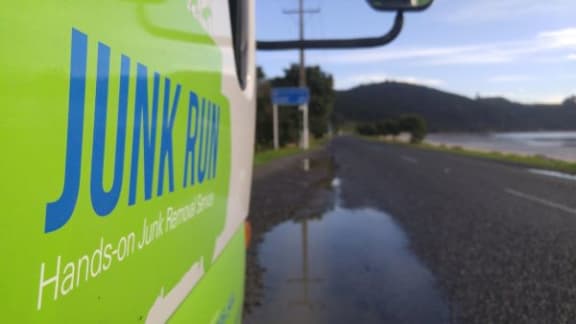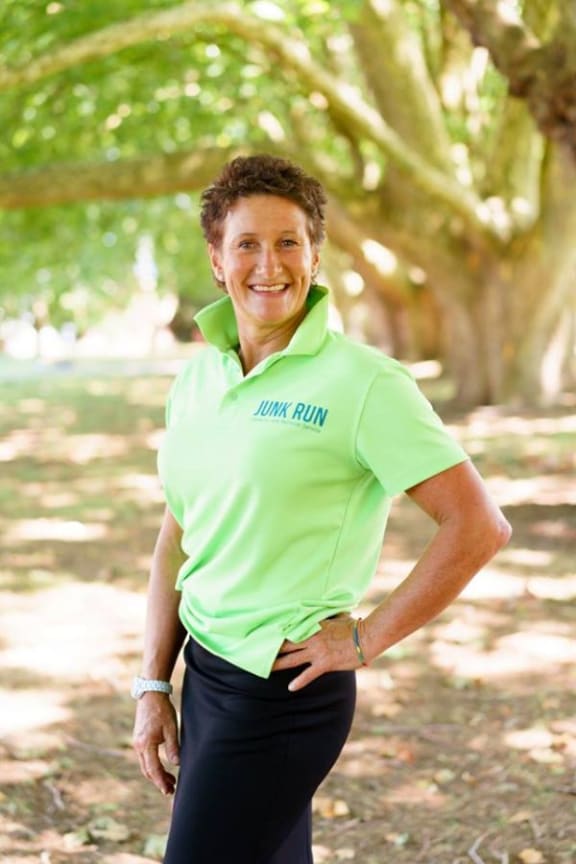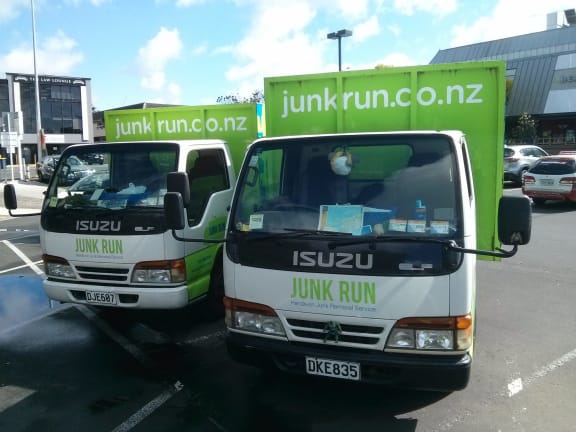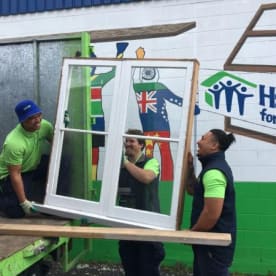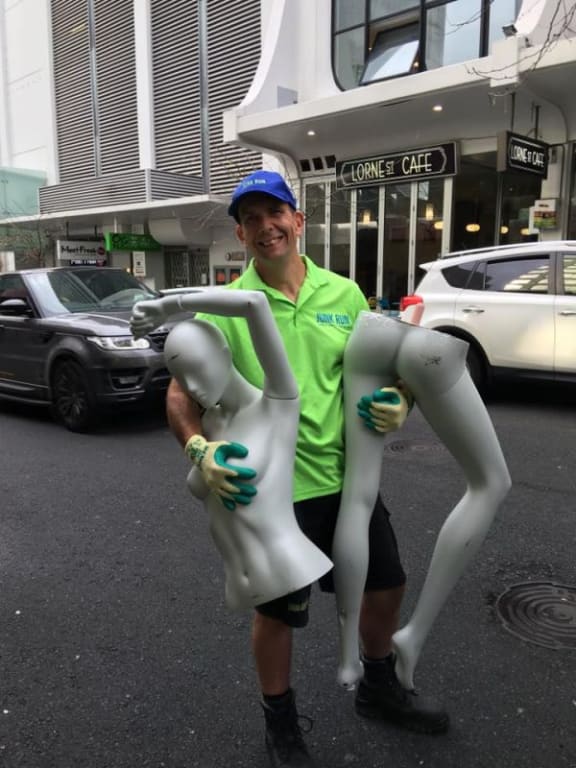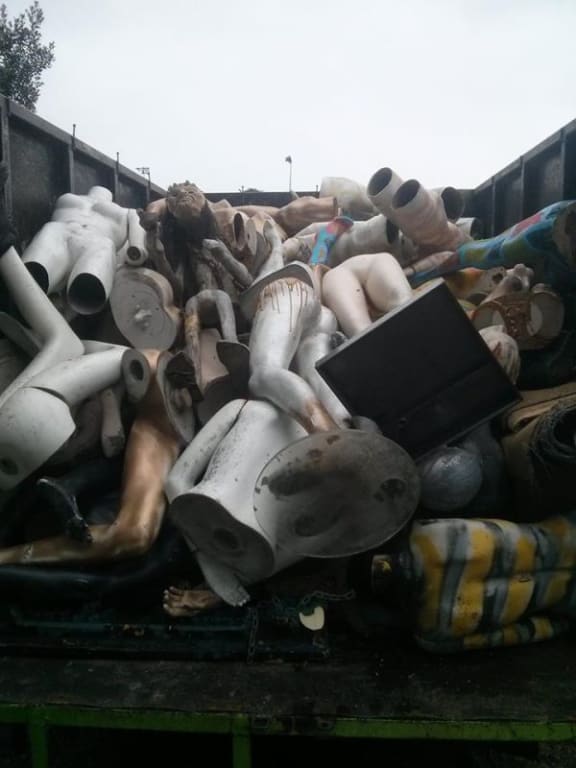This Way Up for Saturday 6 May 2017
This Way Up for Saturday 6 May 2017
A sub-2 hour marathon, the biology of disruption, saving junk from landfill, and virtual memories: VR for seniors.
Chasing the first sub-2 hour marathon
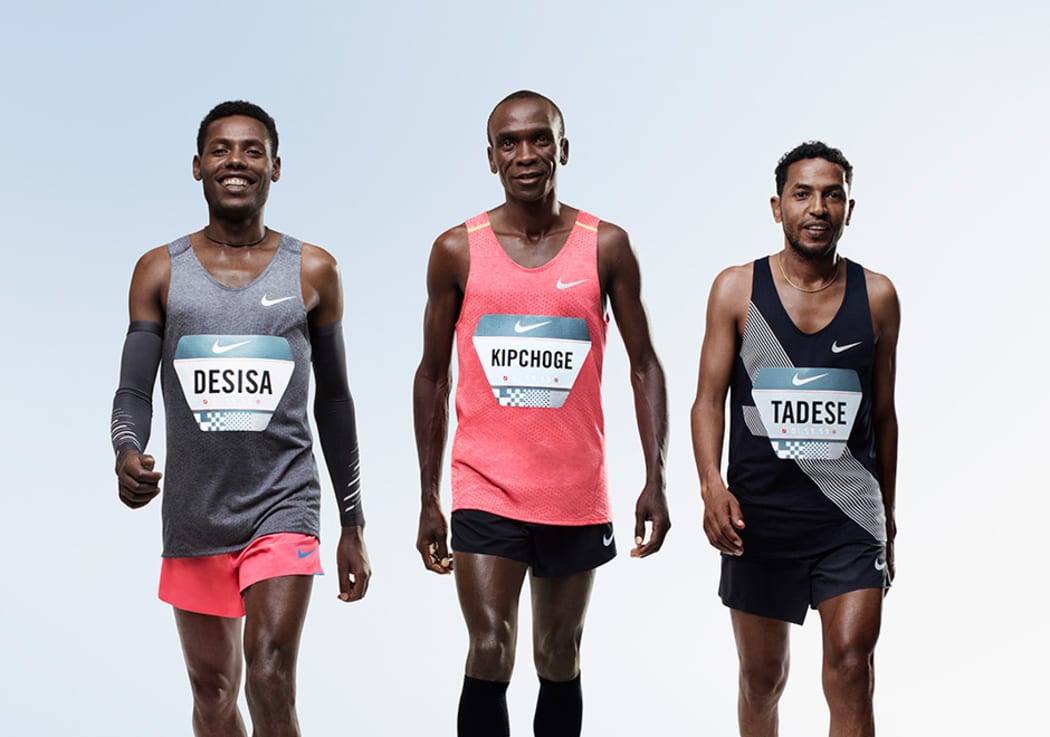
Photo: Courtesy of Nike
Salzburg, Hanmer, Rotorua, and Prague... all places where you can go and run a marathon this weekend if you fancy it.
Meanwhile in Italy, three of the world's top distance runners will be racing around the Formula One track at Monza in an attempt to run the first sub-2 hour marathon.
The whole endeavour is being bankrolled by a huge global sportswear brand in an effort to sell more running shoes. Nothing has been left to chance, no detail has been overlooked.
How often the athletes should drink, what the weather will be, the best formation to run in to reduce drag – check, check, and check.
Everything will be monitored in real time by internal sensors the runners have swallowed and wearable chips that track their performance, their temperature, and how well their bodies are responding under this incredible stress.
So can the 2-hour mark really be broken? And what can this tell us about the limits of human performance, shoe design, and even how tight your running shorts should be?
Alex Hutchinson of Runner's World is a former international runner who has visited Monza and even raced behind the pace-setting car for this marathon record attempt, which is called Breaking 2.
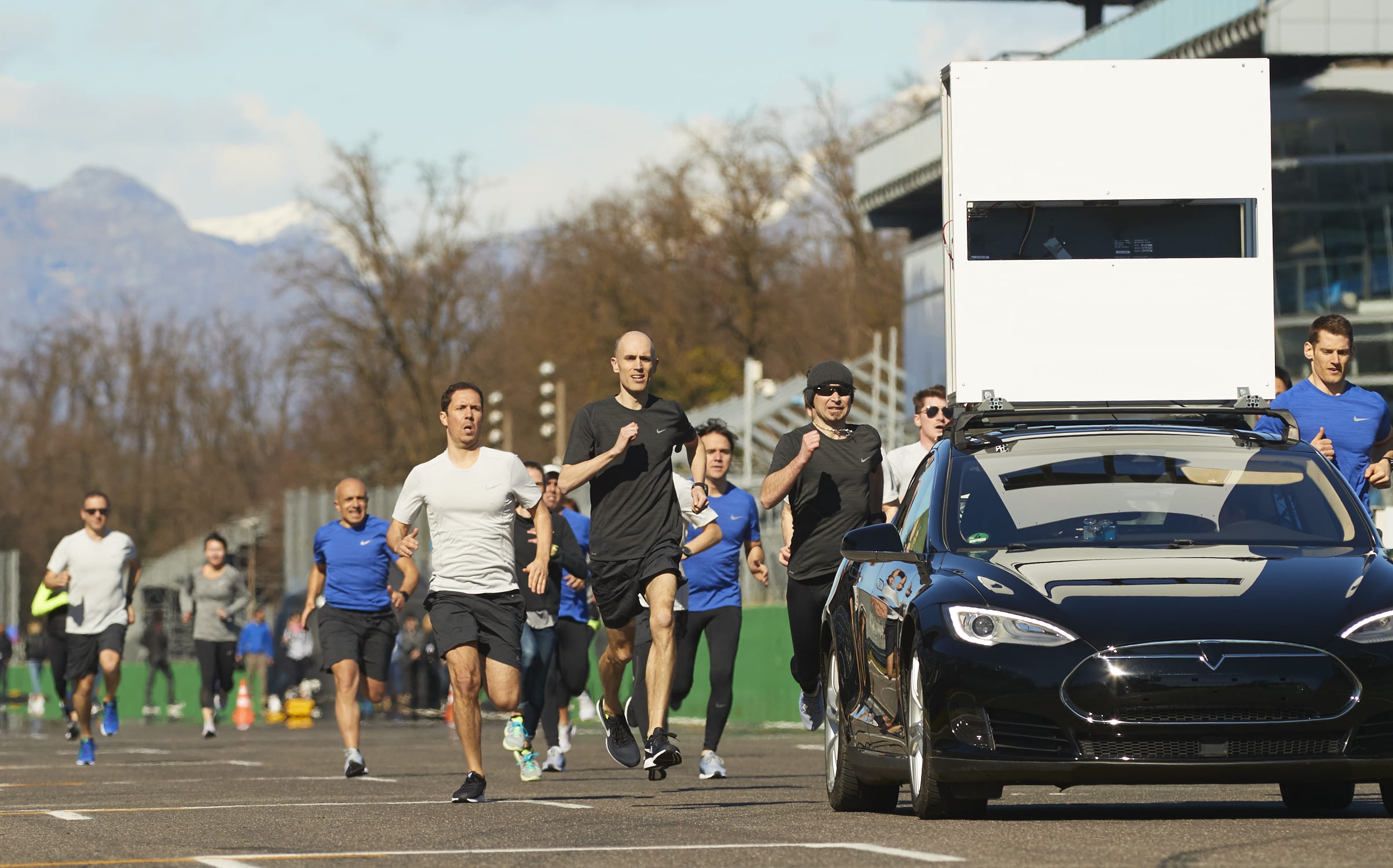
Alex Hutchison leading the press pack at Monza, Italy Photo: (Chris Lawrence)
Biology of disruption: Kaikōura's marine life adapts
November's 7.8 magnitude earthquake centred near Kaikōura in the South Island had a devastating impact on many local communities.
Other species weren't immune to the damage and upheaval created by the quake, either.
Huge numbers of paua and crayfish died off as their tidal habitat was lifted up, transformed and exposed to the elements.
A few days after the quake, Australian marine scientist Ceridwen Fraser arrived in New Zealand to start studying these transformed ecosystems.
She recently returned to Kaikōura to find that some marine life, especially kelp and other seaweeds, are rebounding.
The adversity they've had to overcome could actually be giving them a genetic boost for the future, she says.
Junk Run: saving stuff from the landfill
Junk Run is an Auckland business which collects and recycles all sorts of unwanted items – aquariums, office desks, old telephones, old kitchen units...
Three-quarters of what they collect is redistributed in the community (via charities and op shops) or sold on Trade Me to repairers, collectors, compulsive hoarders, gear freaks and recyclers.
Fionna Gotts shows us around the Junk Run warehouse on Eden Terrace.
Virtual memories: VR for seniors
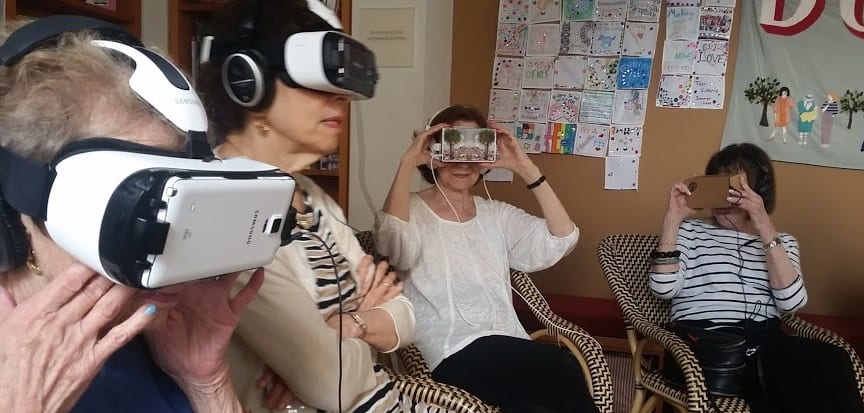
The shared experience of BettVR With Age Photo: (Jake Kahana)
Virtual reality technology isn't just for millennials and gamers – it could have some cool applications for older people, too.
After 18 months of production and testing, a series of VR films targeted at a very mature audience premiered at a New York senior citizen's centre recently.
The films cover areas such as travel, the arts and "the past" – vivid recreations of nightclubs and long forgotten music venues which seem to stimulate people's memories in very powerful ways.
Up to eight people can watch at the same time, wearing virtual reality headsets.
Film director Jake Kahana was already making VR films when his granny alerted him to the full possibilities of the medium.
